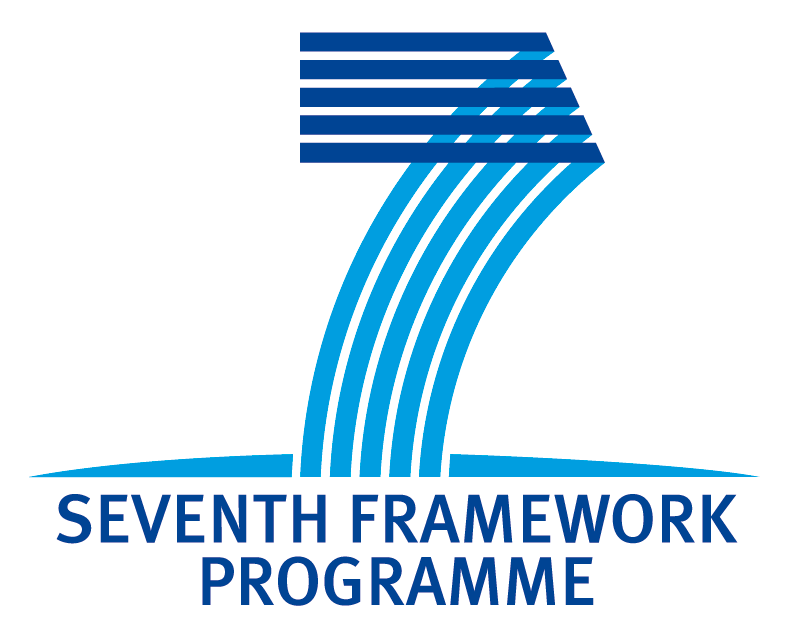Home
Welcome to the Website of AAVEYE
AAVEYE at a glance
Project full title
Gene Therapy for Inherited Severe Photoreceptor Diseases.
Pathologies
Approximately 100 inherited photoreceptor diseases are known to date that share degeneration of photoreceptor cells in the retina as their main characteristic. As these cells degenerate and die, patients experience progressive vision loss.
These blinding disorders are caused by mutations in genes preferentially expressed in the photoreceptor cells of the retina. AAVEYE will focus, in particular, on two devastating retinal diseases for which no therapies are yet available: Retinitis Pigmentosa (RP) and Leber Congenital Amaurosis (LCA), due to mutations in PDE6B and AIPL1 genes, respectively. Vectors derived from the adeno-associated virus (AAV) have proven to efficiently transduce the retina of animal models and AAV-mediated gene transfer appears to revert retinal pigment epithelium (RPE) defects. The safety and feasibility of this strategy is tested in humans for the first time by the AAVEYE consortium, potentially leading to the phenotypic and functional rescue of inherited severe photoreceptor degenerations. > [Pages Inherited Severe Photoreceptor Diseases + Treatment of Inherited Severe Photoreceptor Diseases]
Project mission
The ultimate goal of the AAVEYE consortium is to develop gene therapy strategies for the treatment of inherited severe photoreceptor diseases, namely of RP and LCA. This will be attempted through: 1) development of AAV-based long-term and safe gene therapy to photoreceptors by combining endogenous promoters and AAV serotypes; 2) assessment of the impact of AAV-mediated photoreceptor transduction on rescue of visual function in animal models of severe RP and LCA; 3) evaluation of the efficacy of combination of gene replacement with adjuvant molecules on photoreceptor survival, and 4) characterization of patients with inherited severe photoreceptor diseases to move the gene therapy strategies tested from bench to bedside. The results of this research programme will provide the knowledge and validation to further develop novel AAV-mediated therapeutic approaches with a broad potential application in the retina and central nervous system. > [Pages Project + Aims + Impact]
Partners
The AAVEYE consortium brings together three leading European scientists and one emerging SME (the Partners) in the field of gene therapy for severe retinal degenerations. In addition to cutting-end technology in gene therapy using AAV vectors, the consortium brings the appropriate animal models (rd1, rd10, Aipl1-/-, Aipl1h/h) to perform testing, as well as a large collection of patients. This allows proposing an experimental plan in which both basic and applied science is well balanced: easy access to patients and availability of animal models of diseases. Finally, the strong collaboration of research academics with an SME will help advance the new techniques for molecular diagnosis of patients suffering from severe retinal degenerations. > [Page Partners]
Funding
AAVEYE is a Collaborative Project funded by the European Commission within its Seventh Framework Programme Priority under the thematic area “Gene therapy tools targeting the central nervous system†(FP7-HEALTH-2007-B). Contract number and title: 223445 – Gene Therapy for Inherited Severe Photoreceptor Diseases. Duration: 3 years.
Retinal pigment epithelial (RPE) cells stained red by RPE65 antibody.
Courtesy of National Eye Institute

